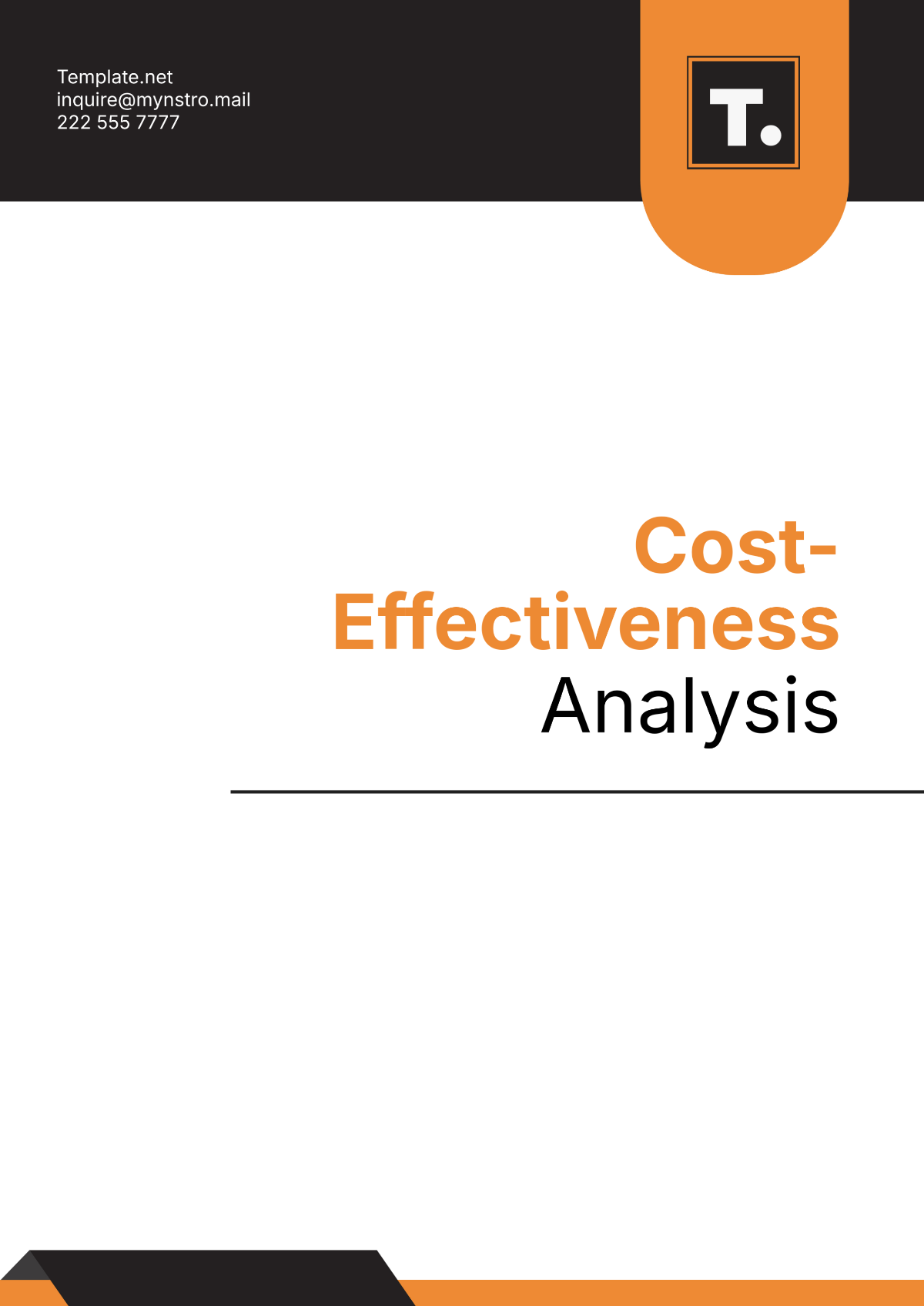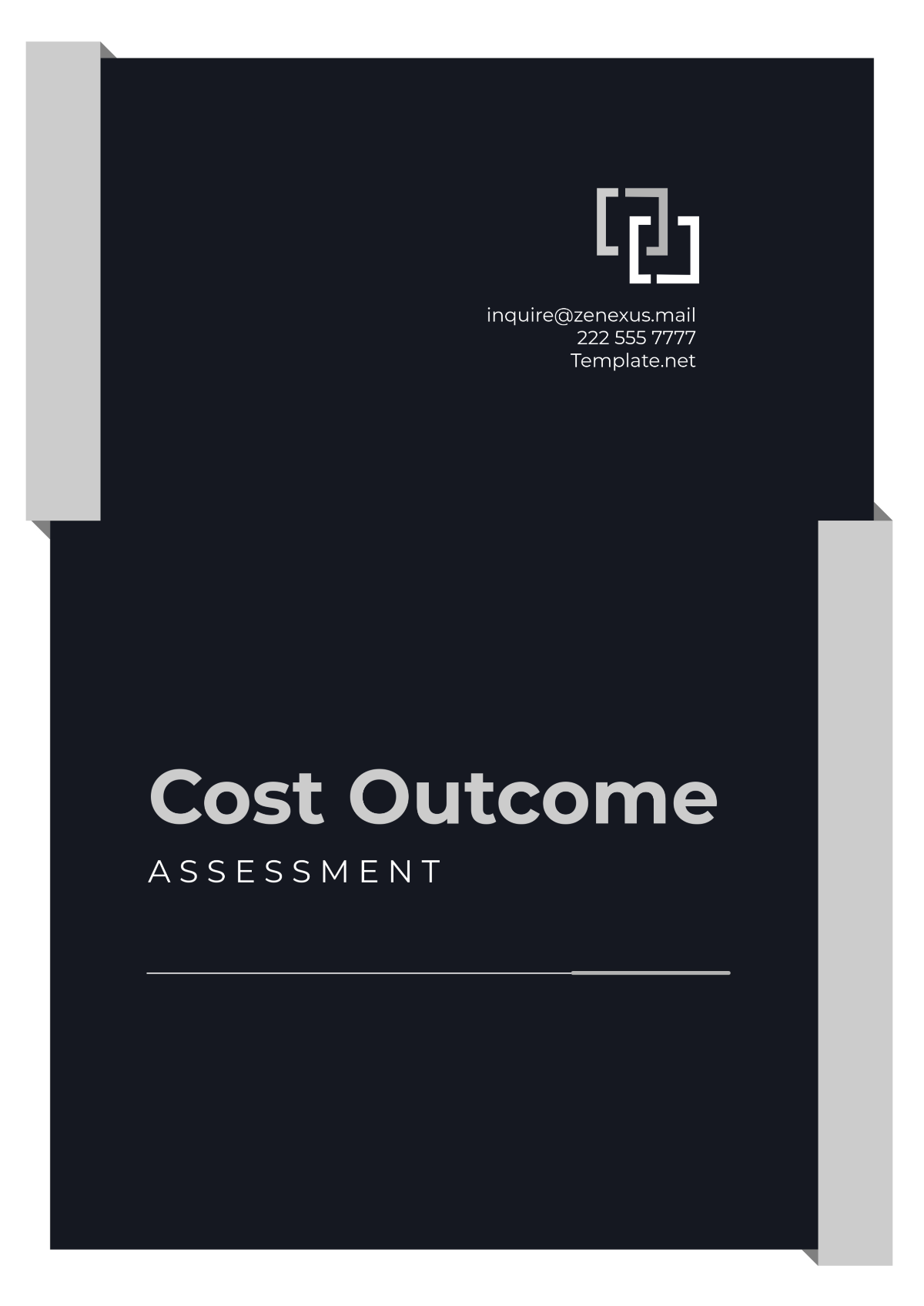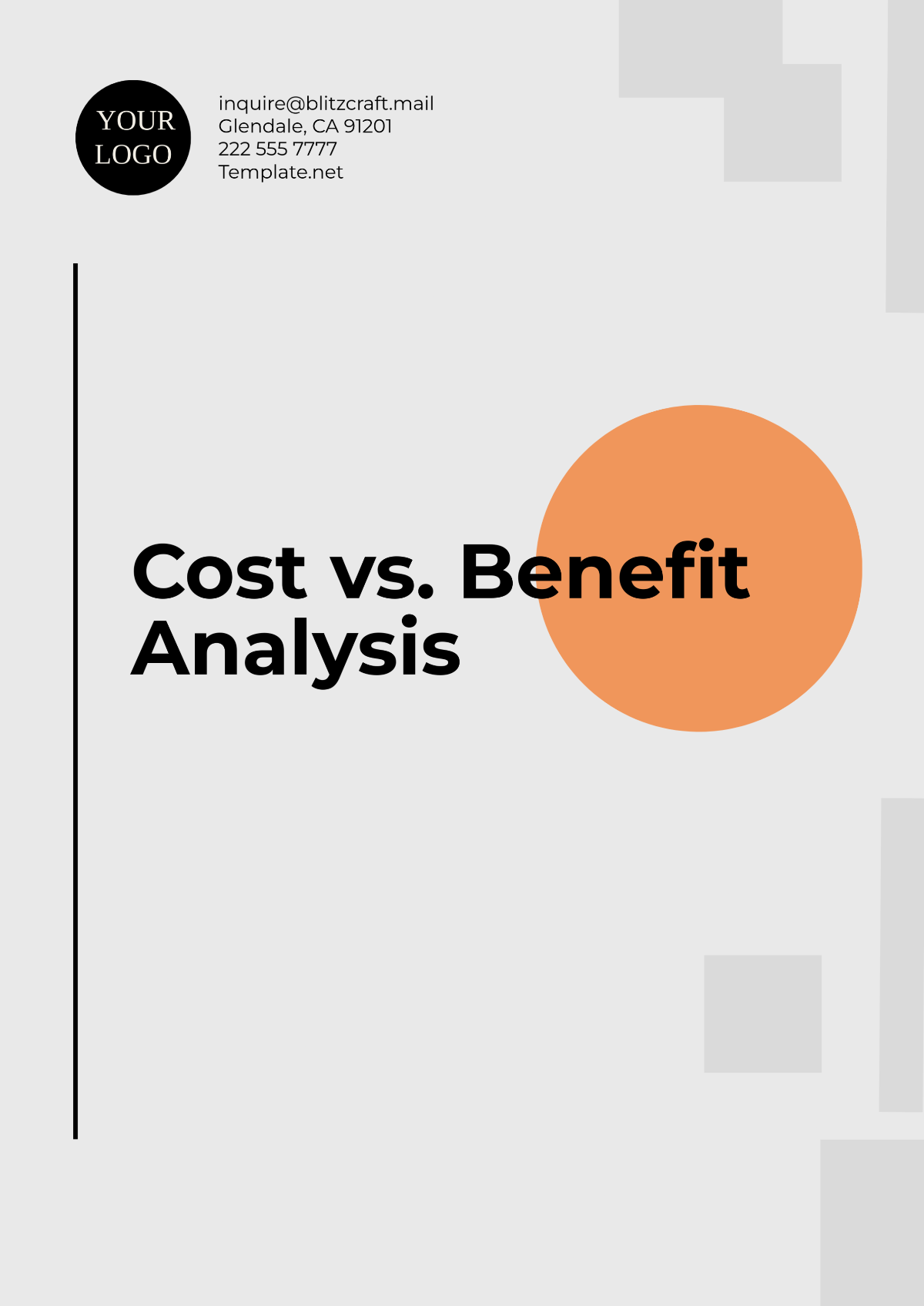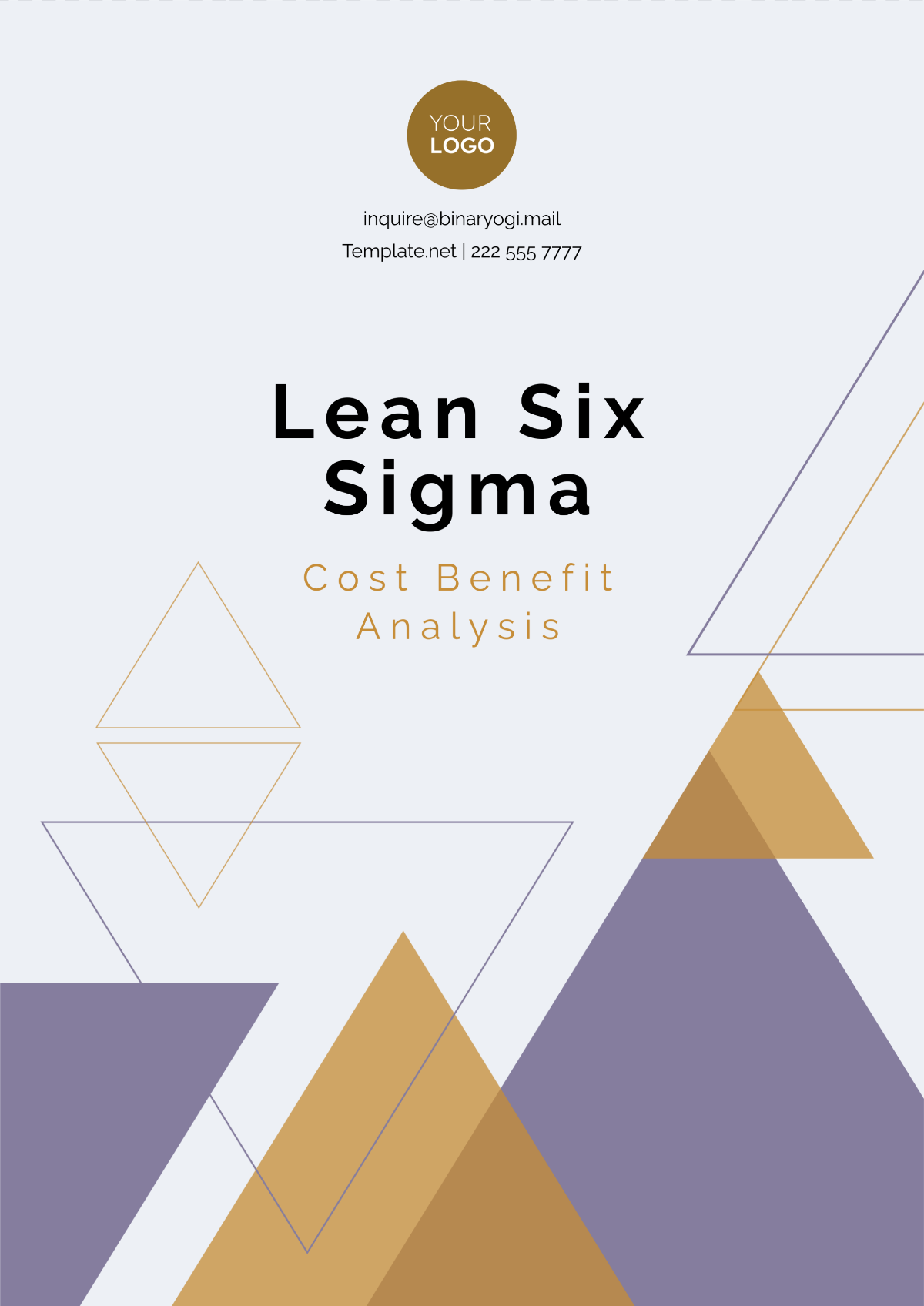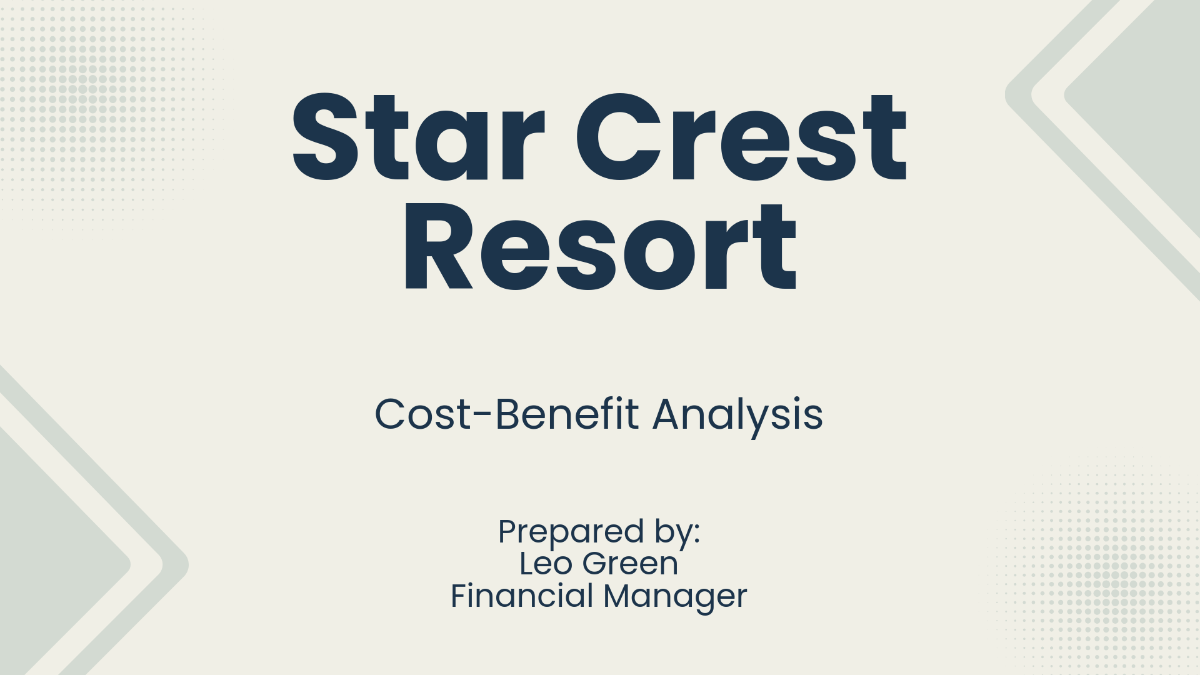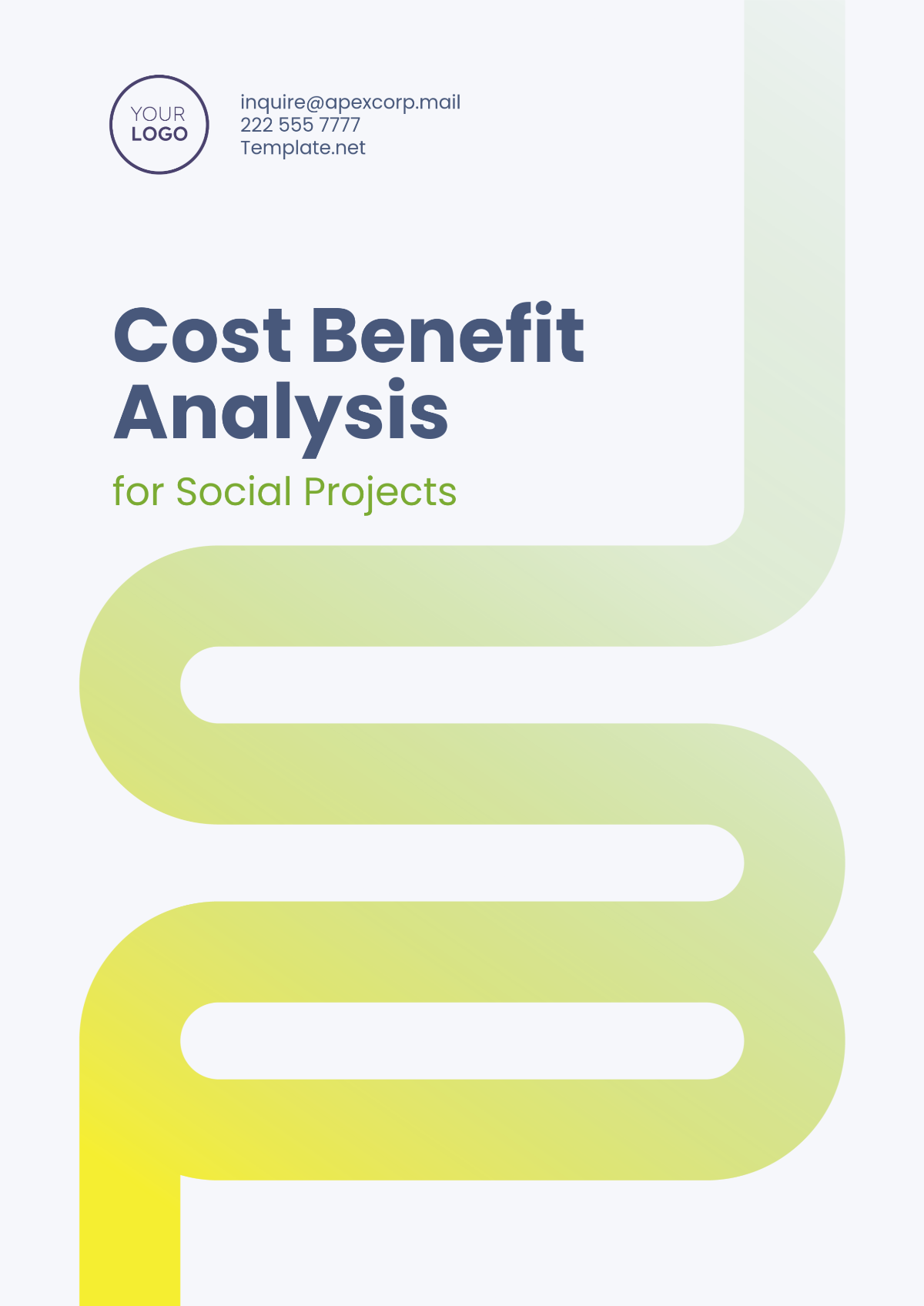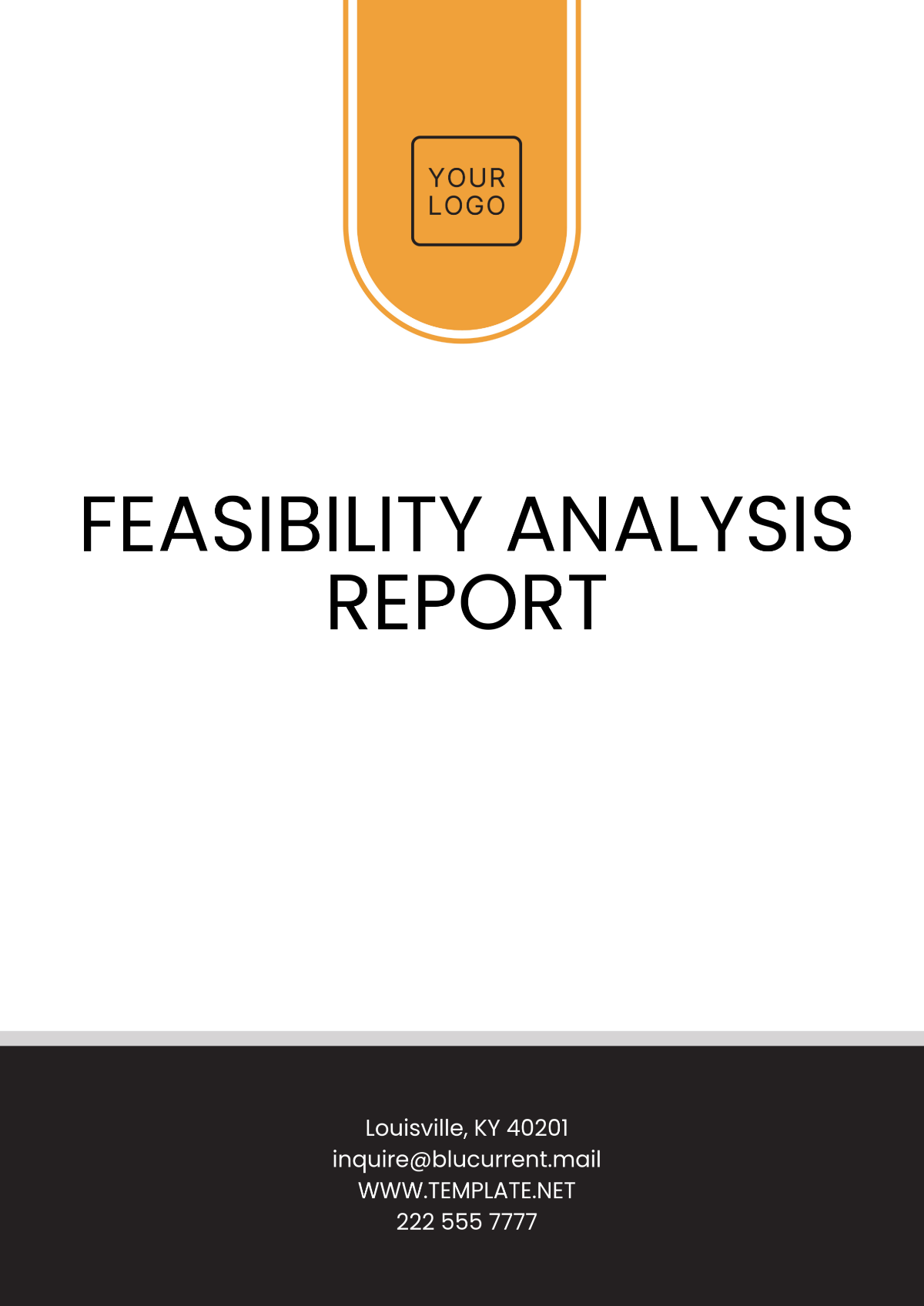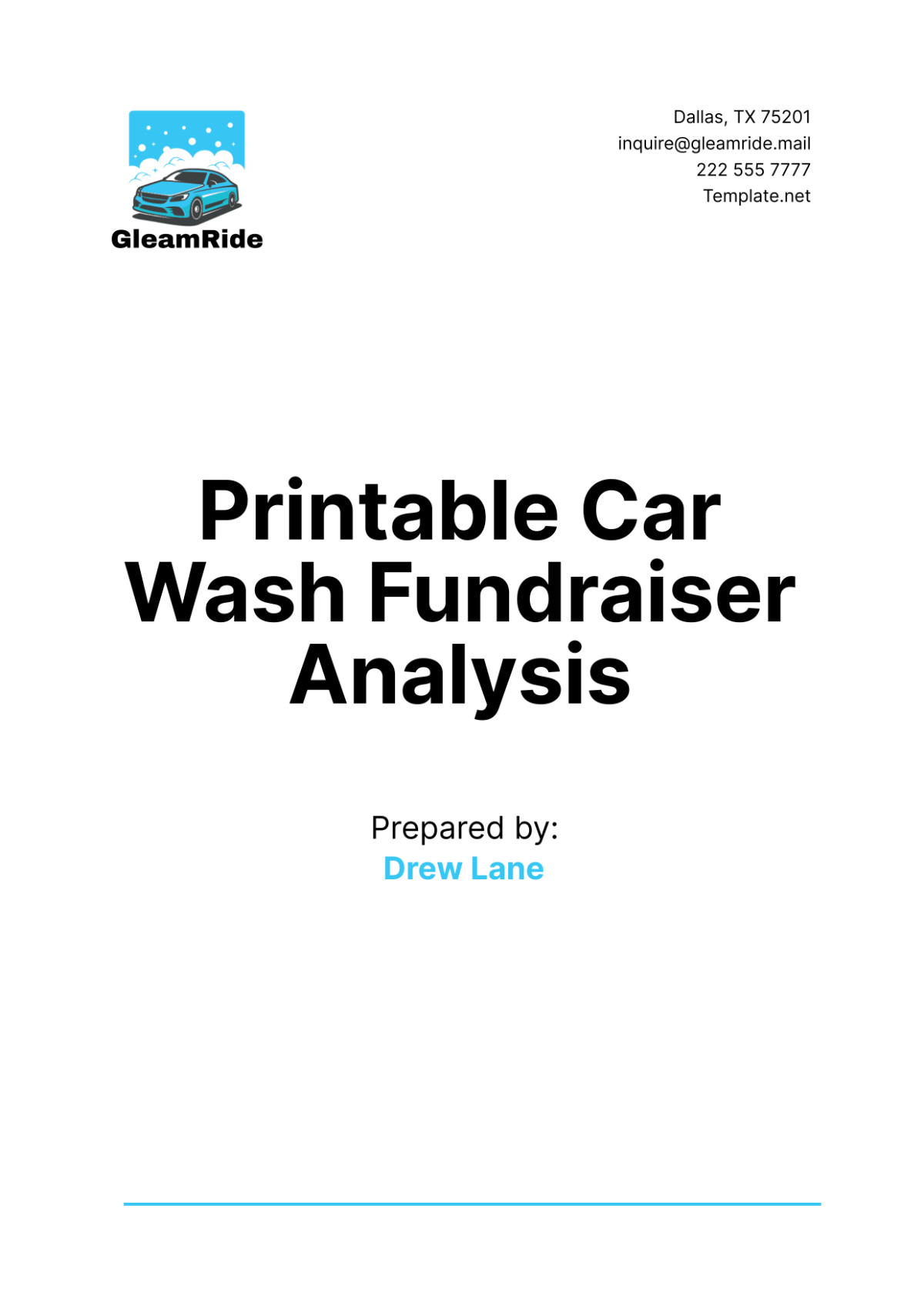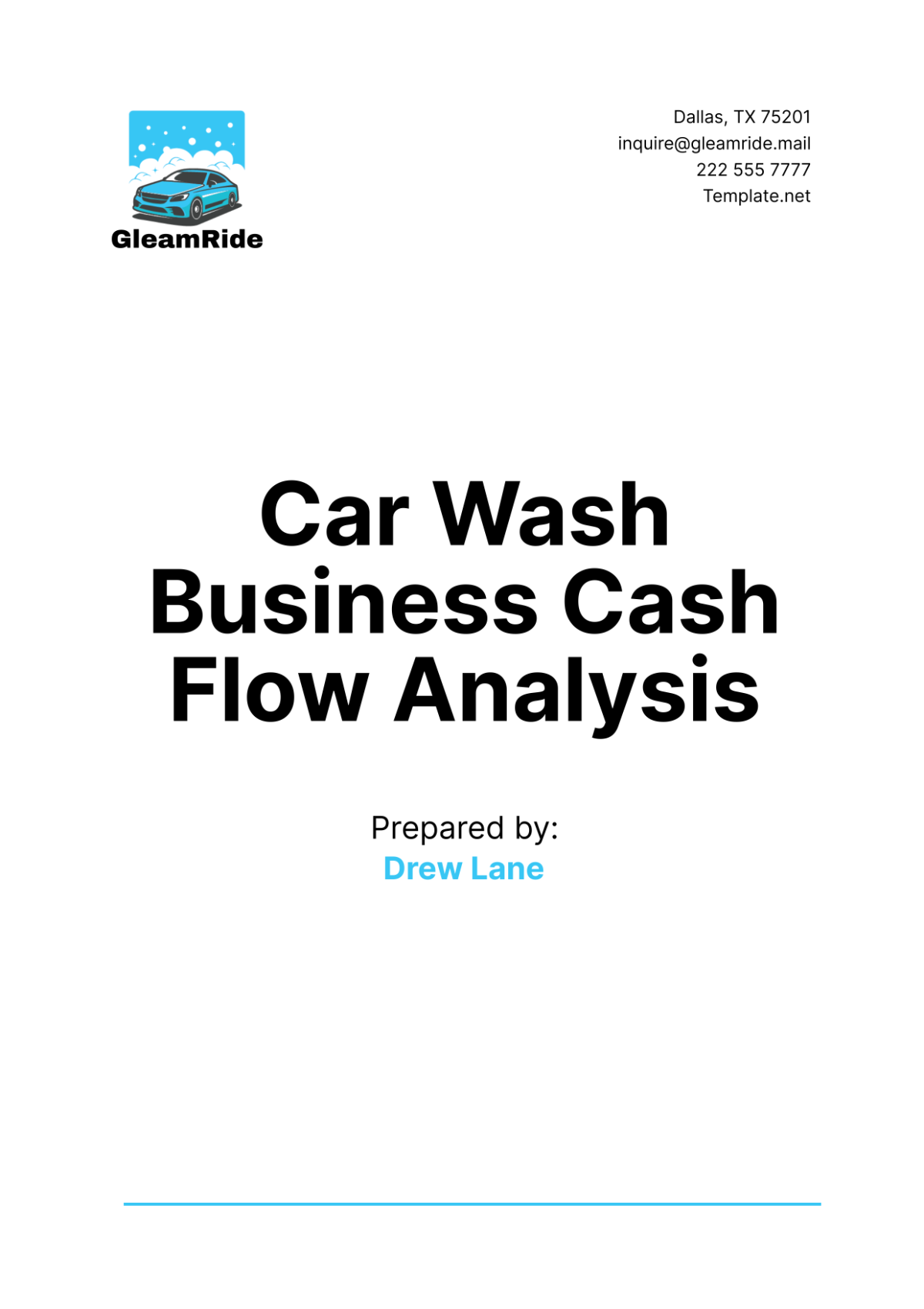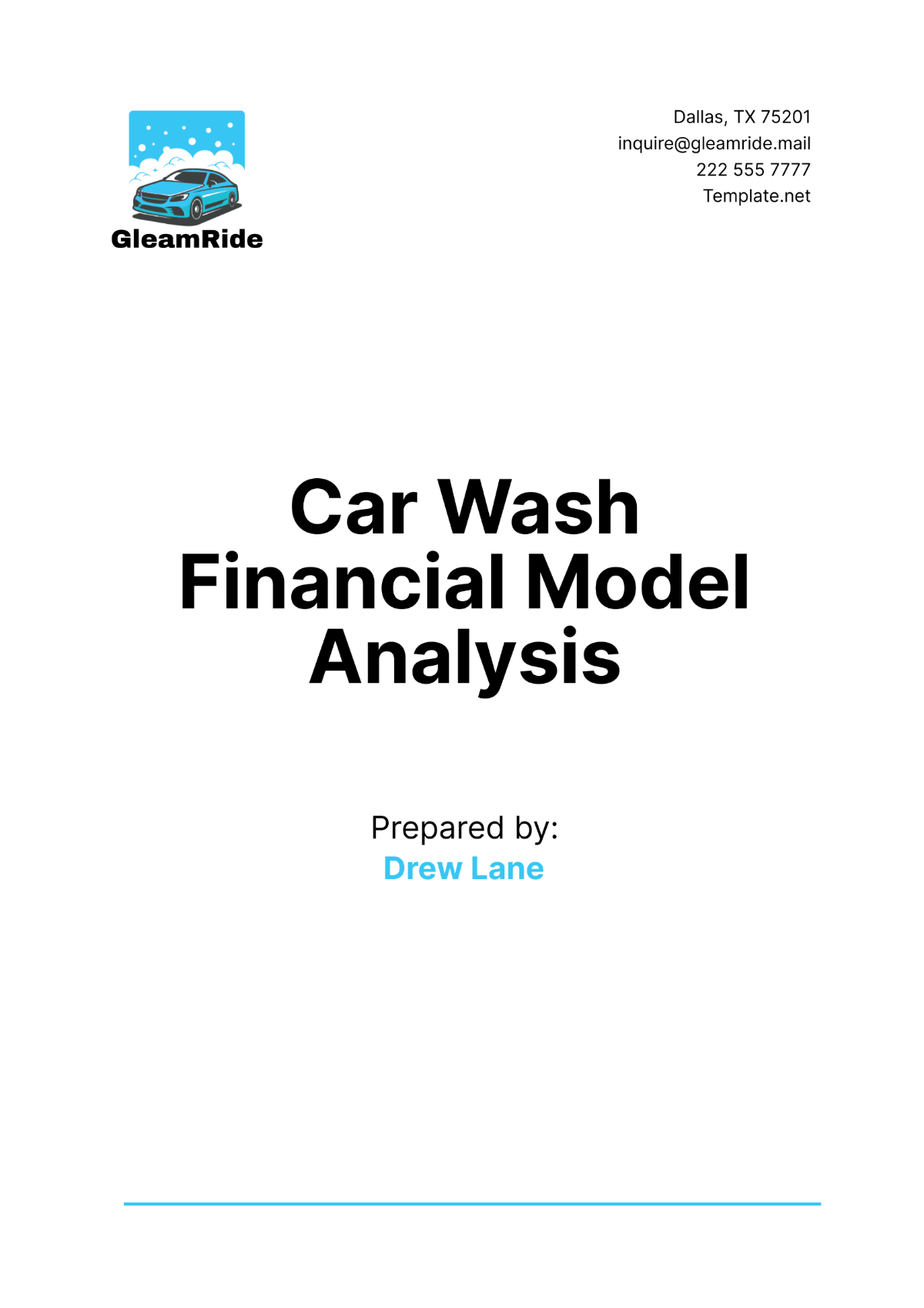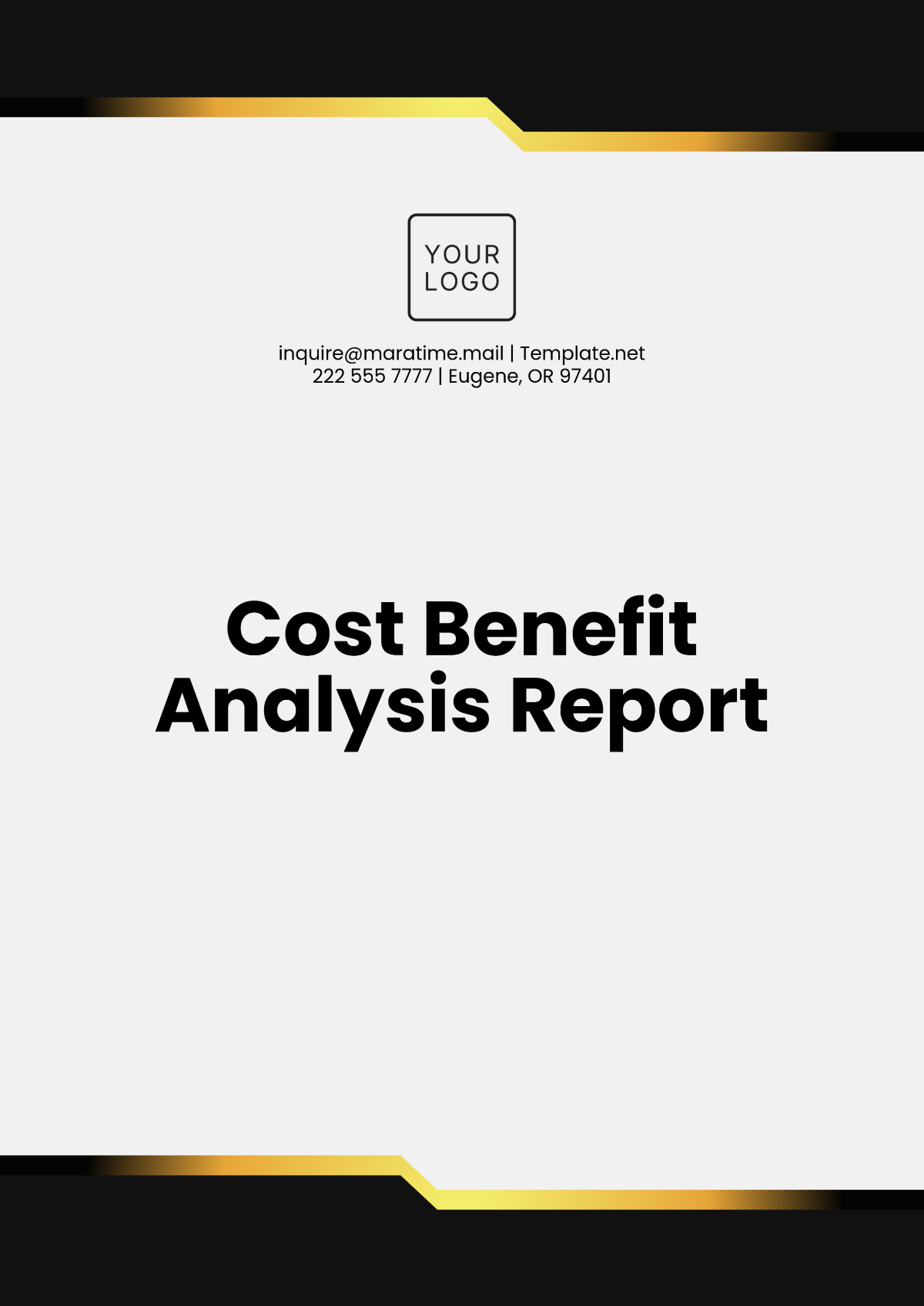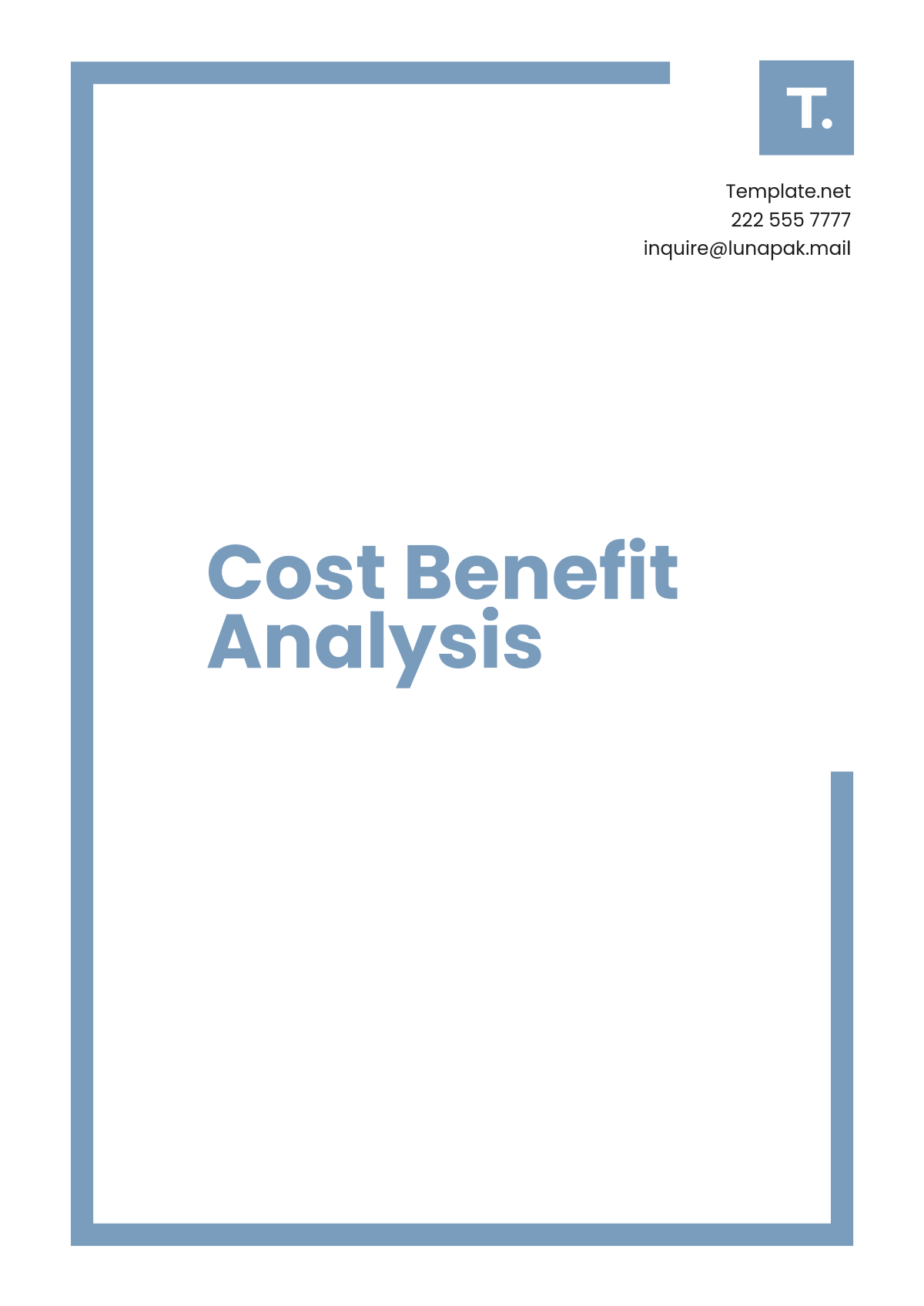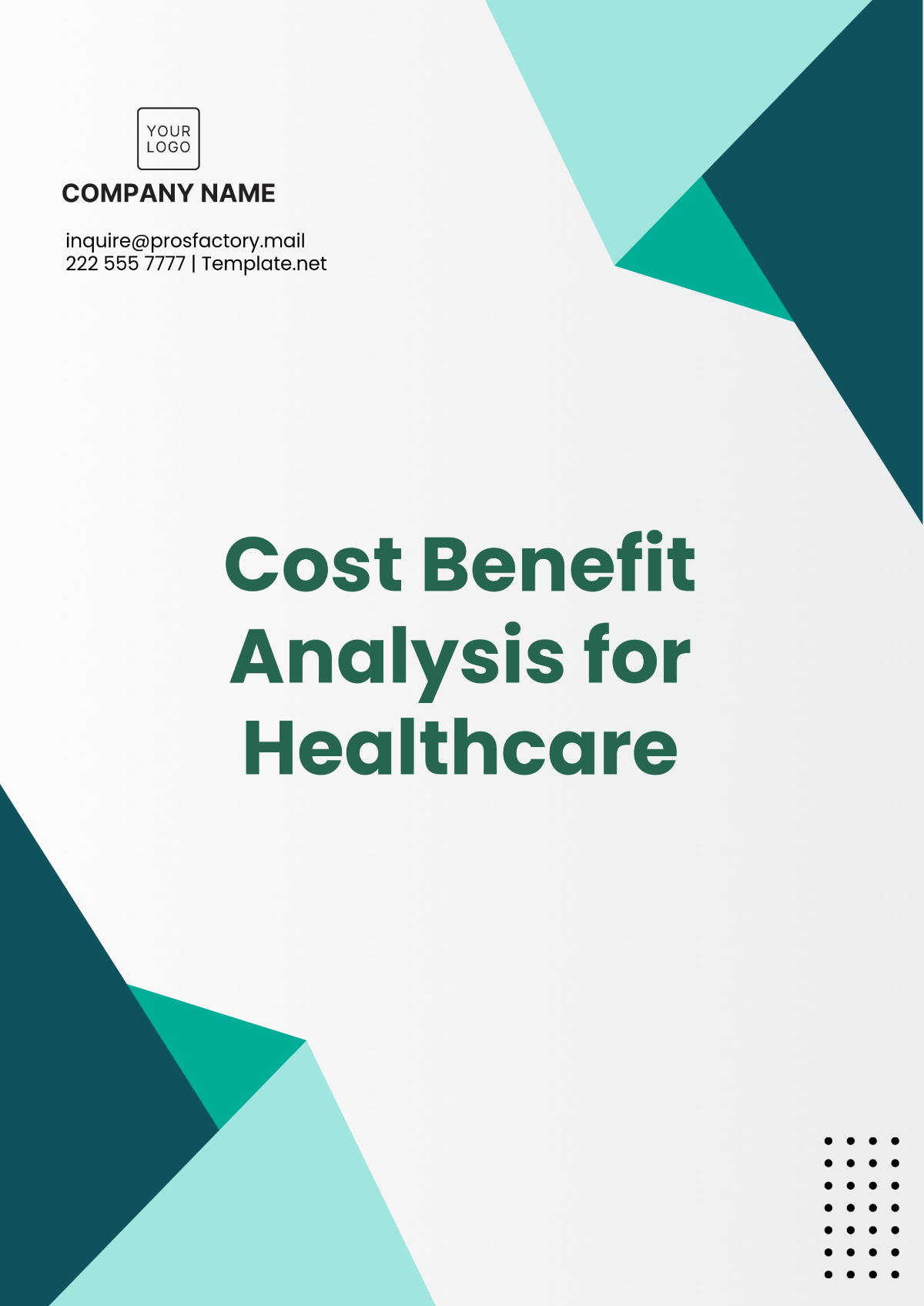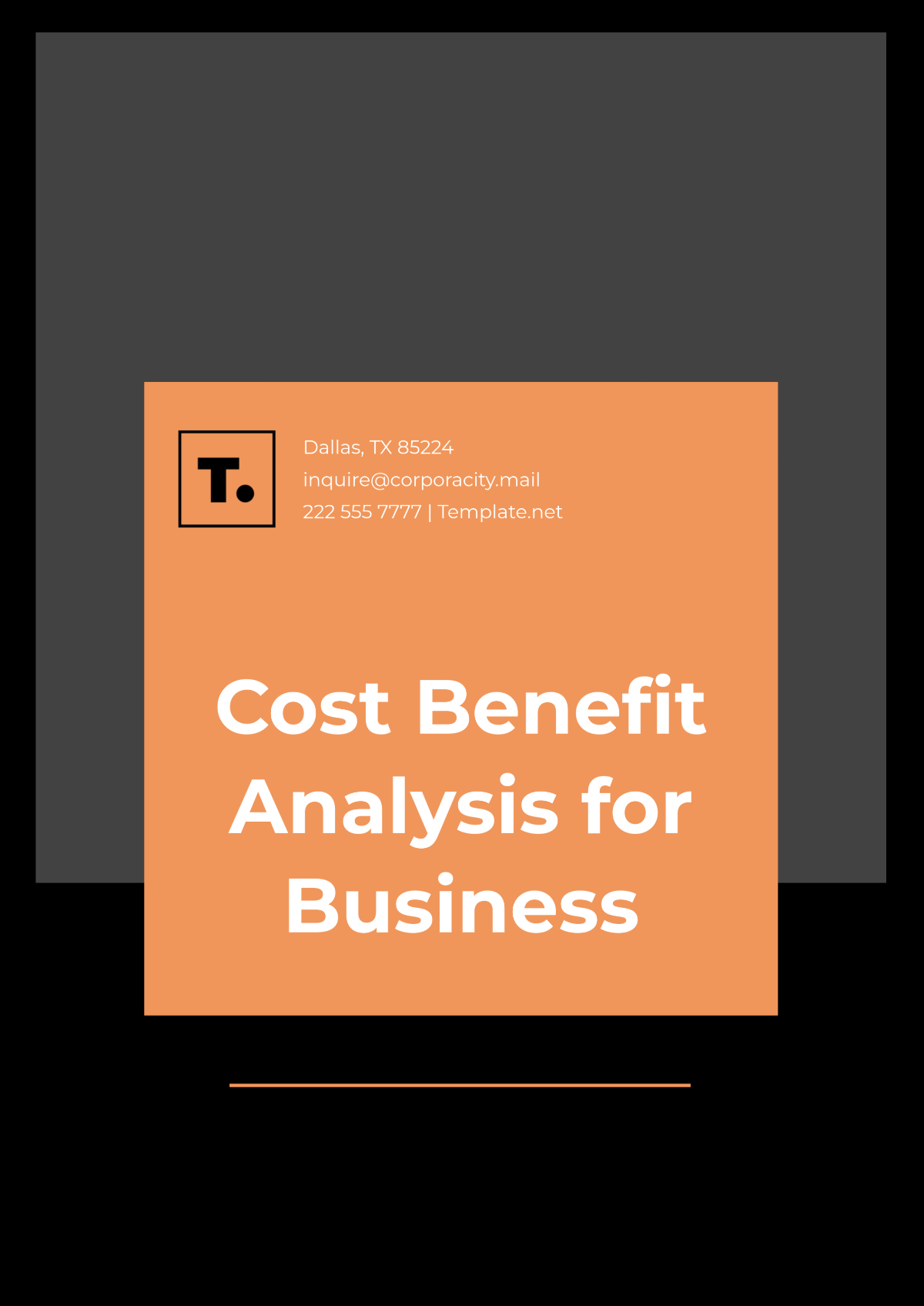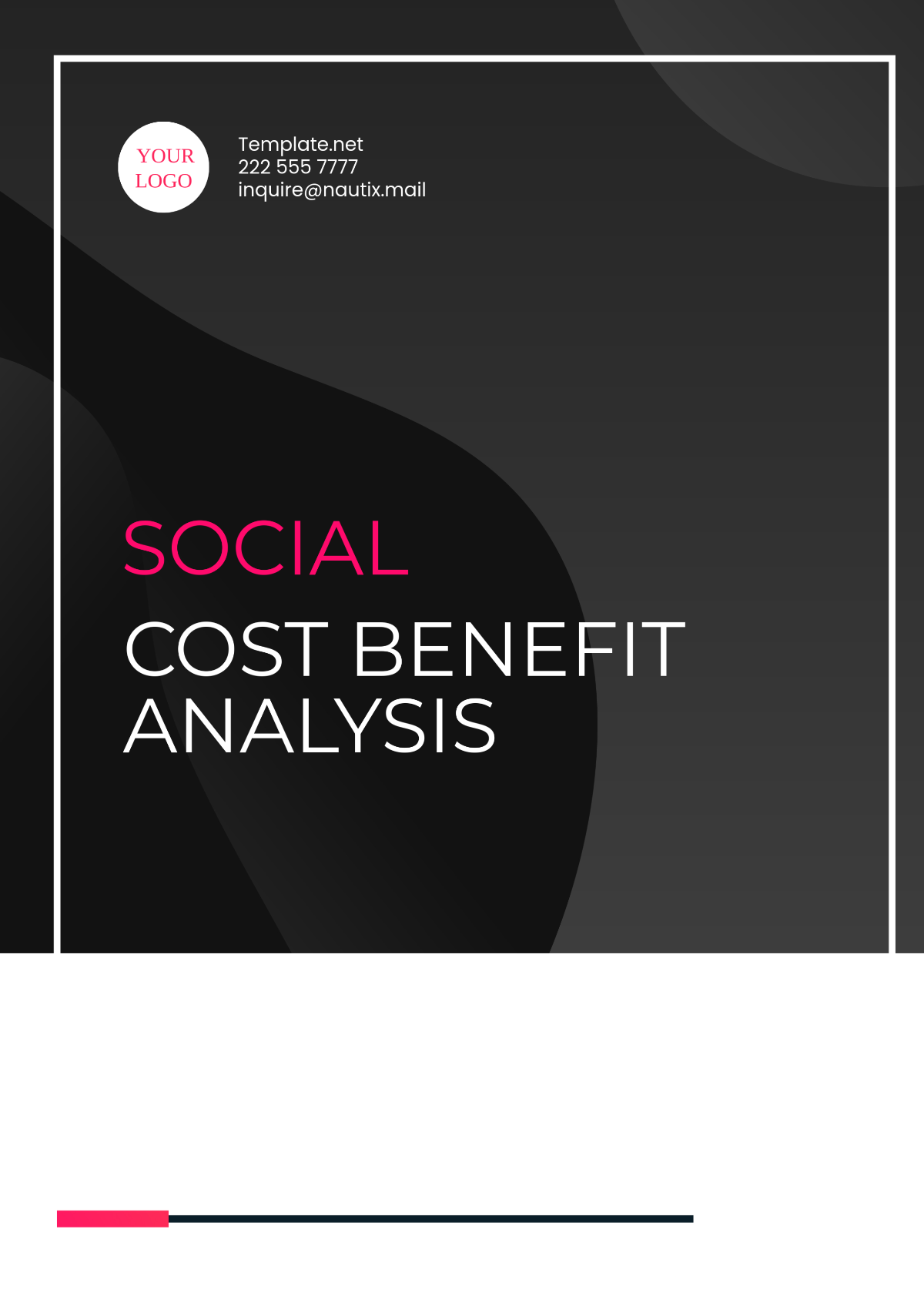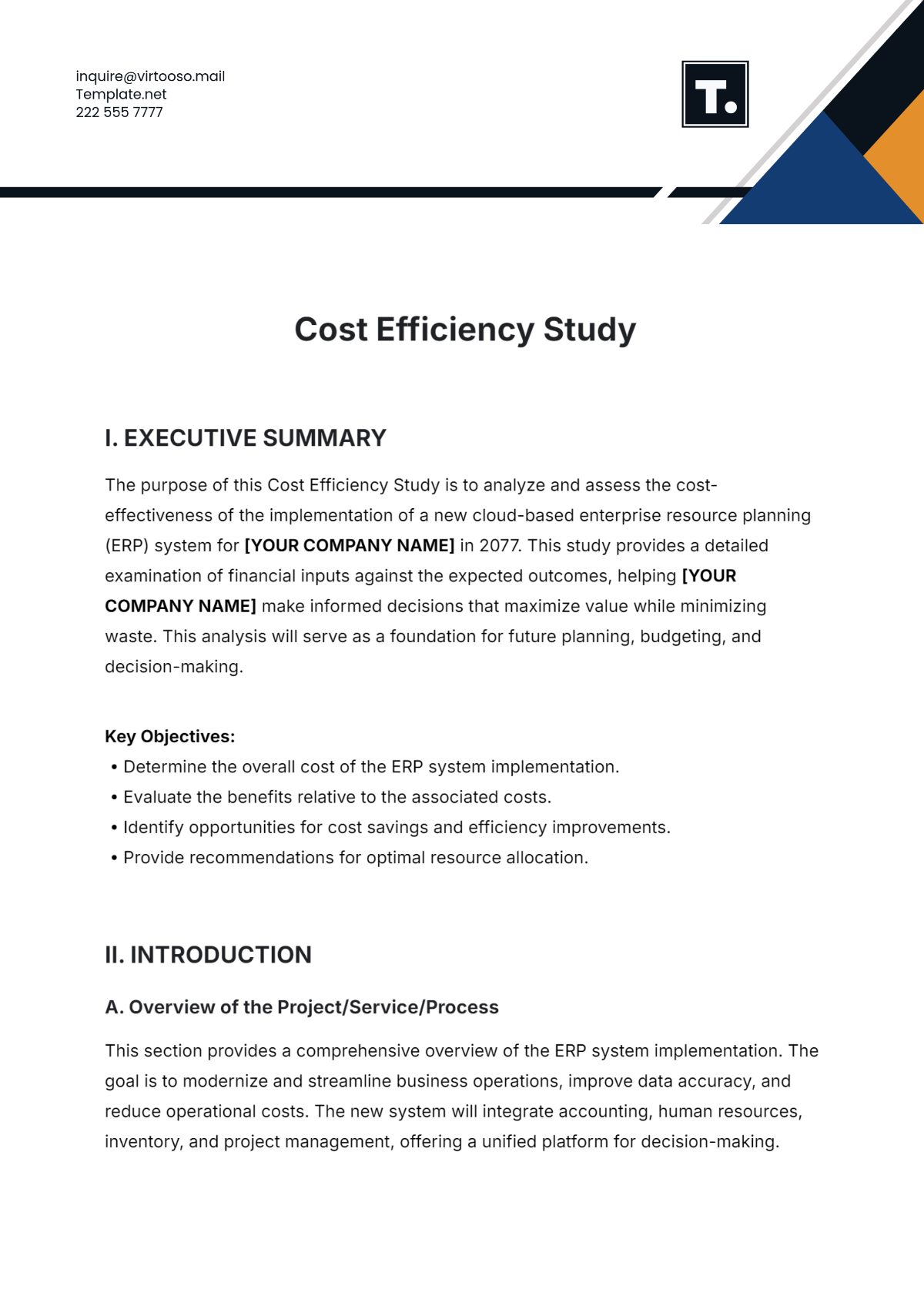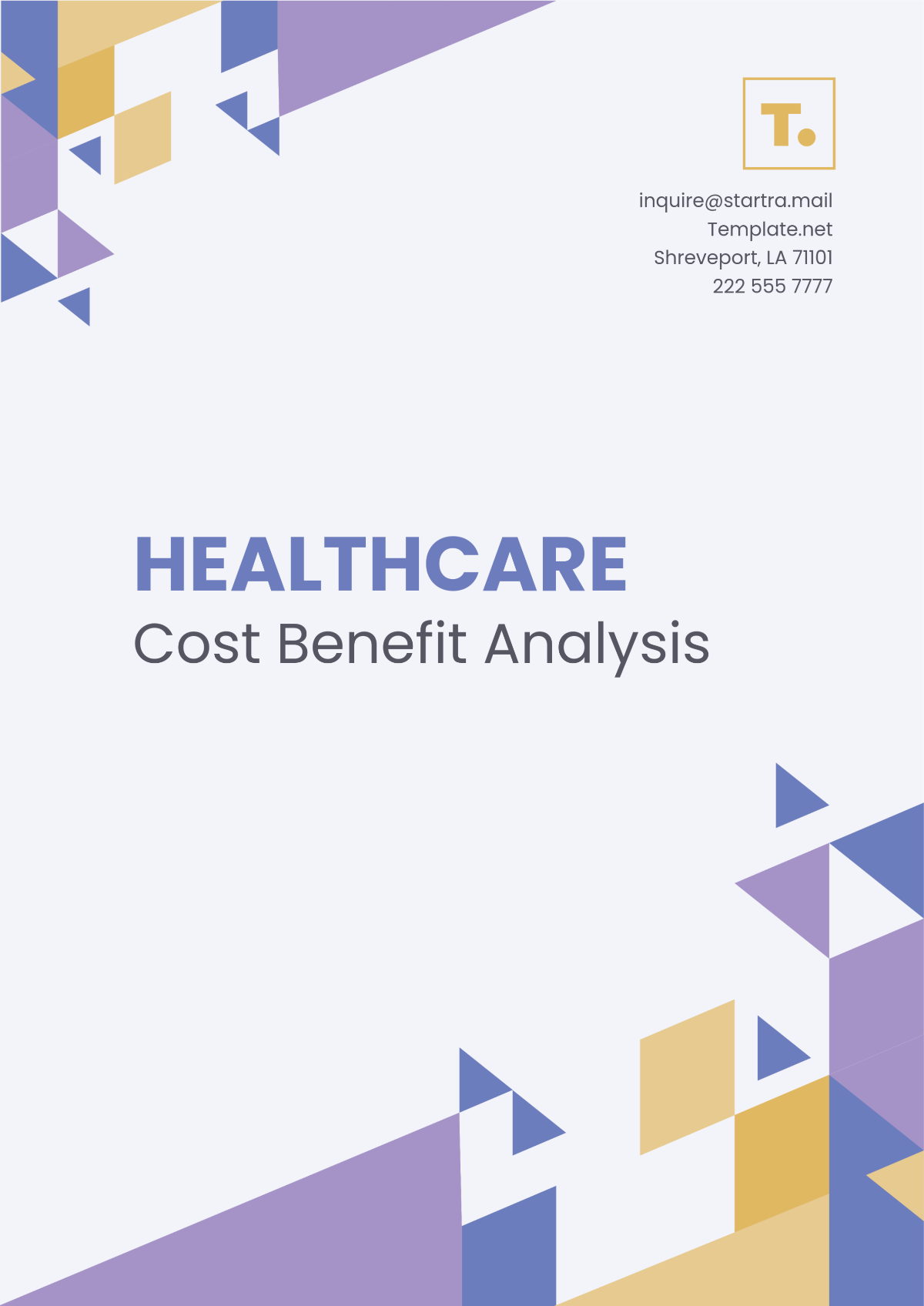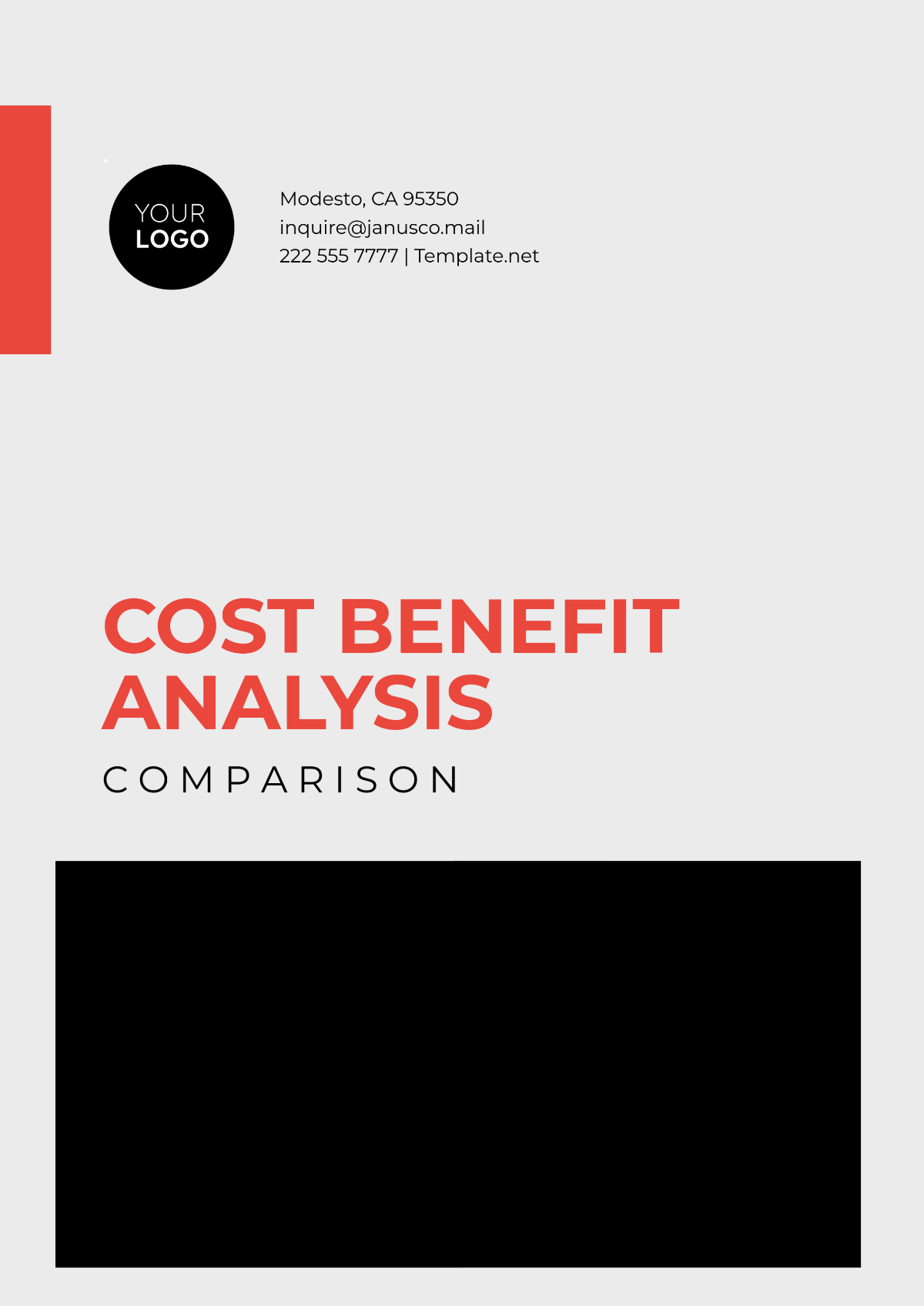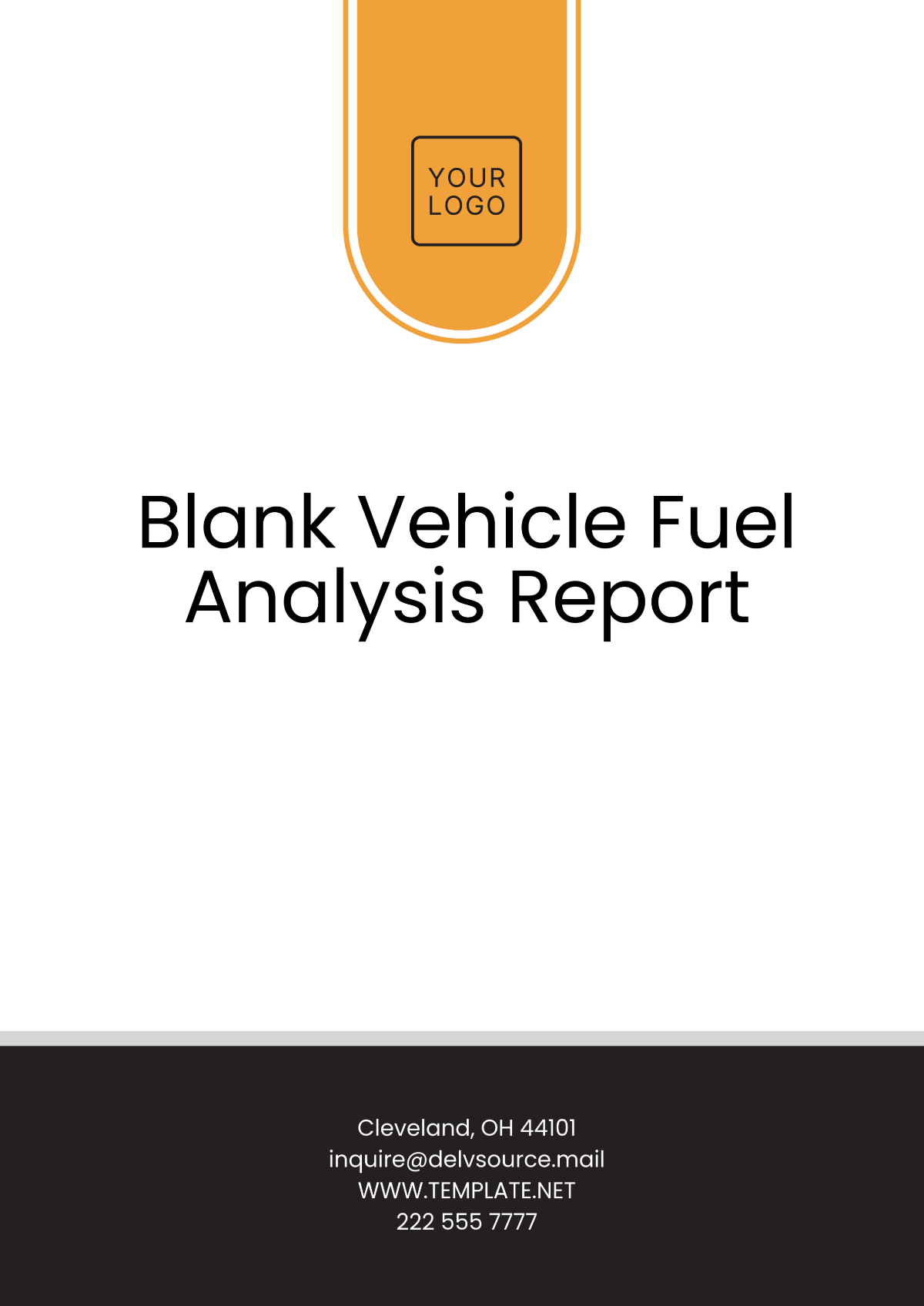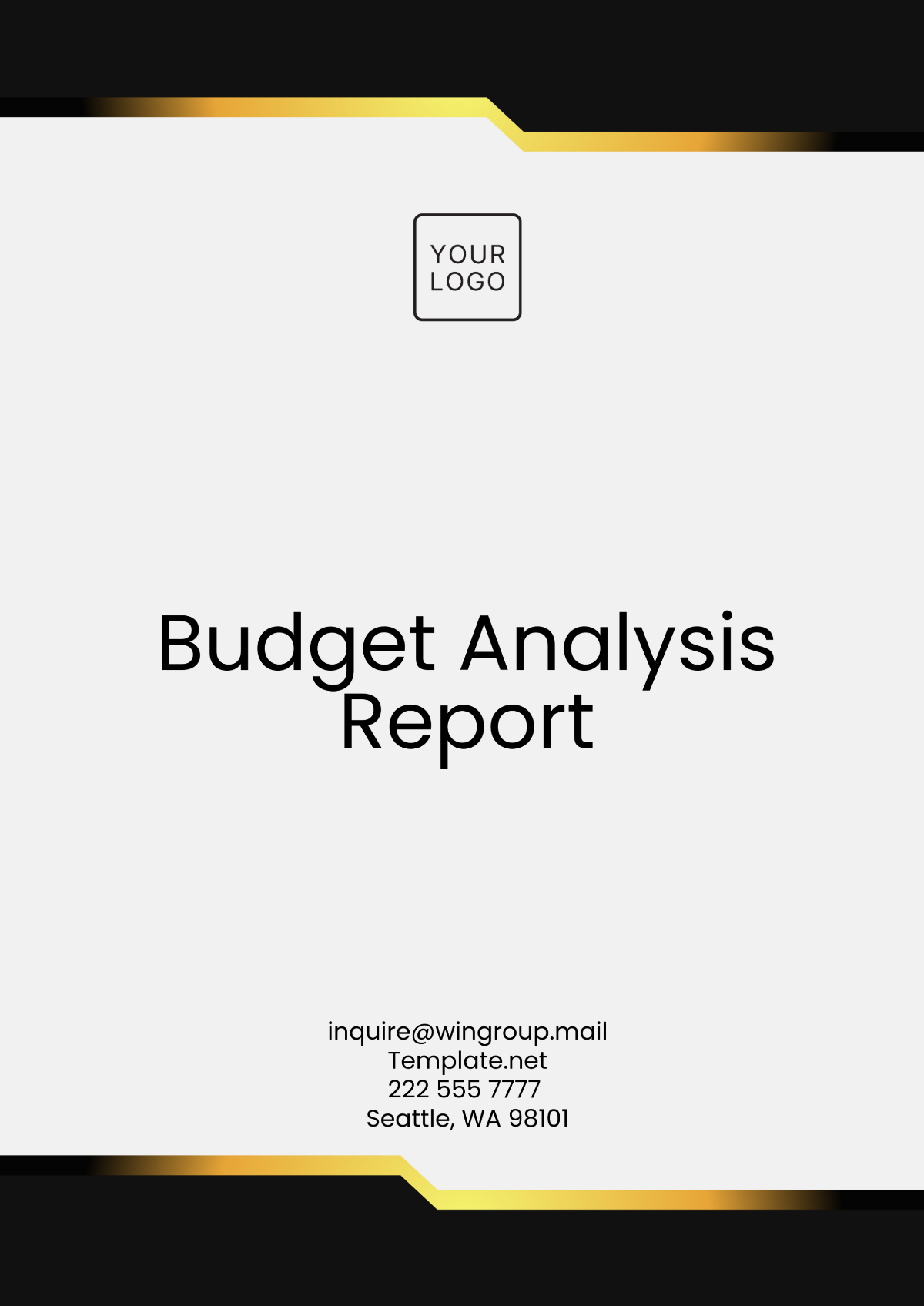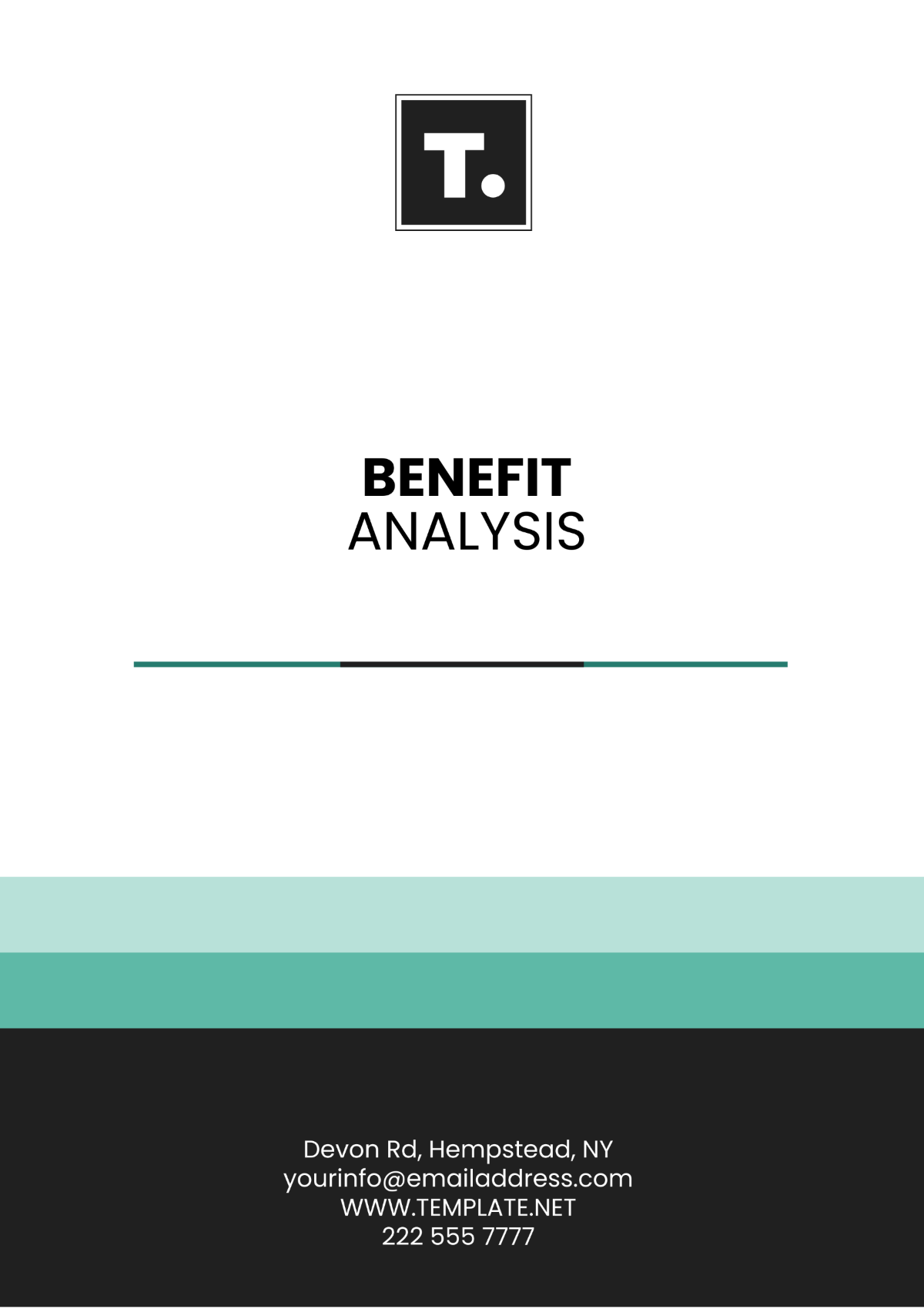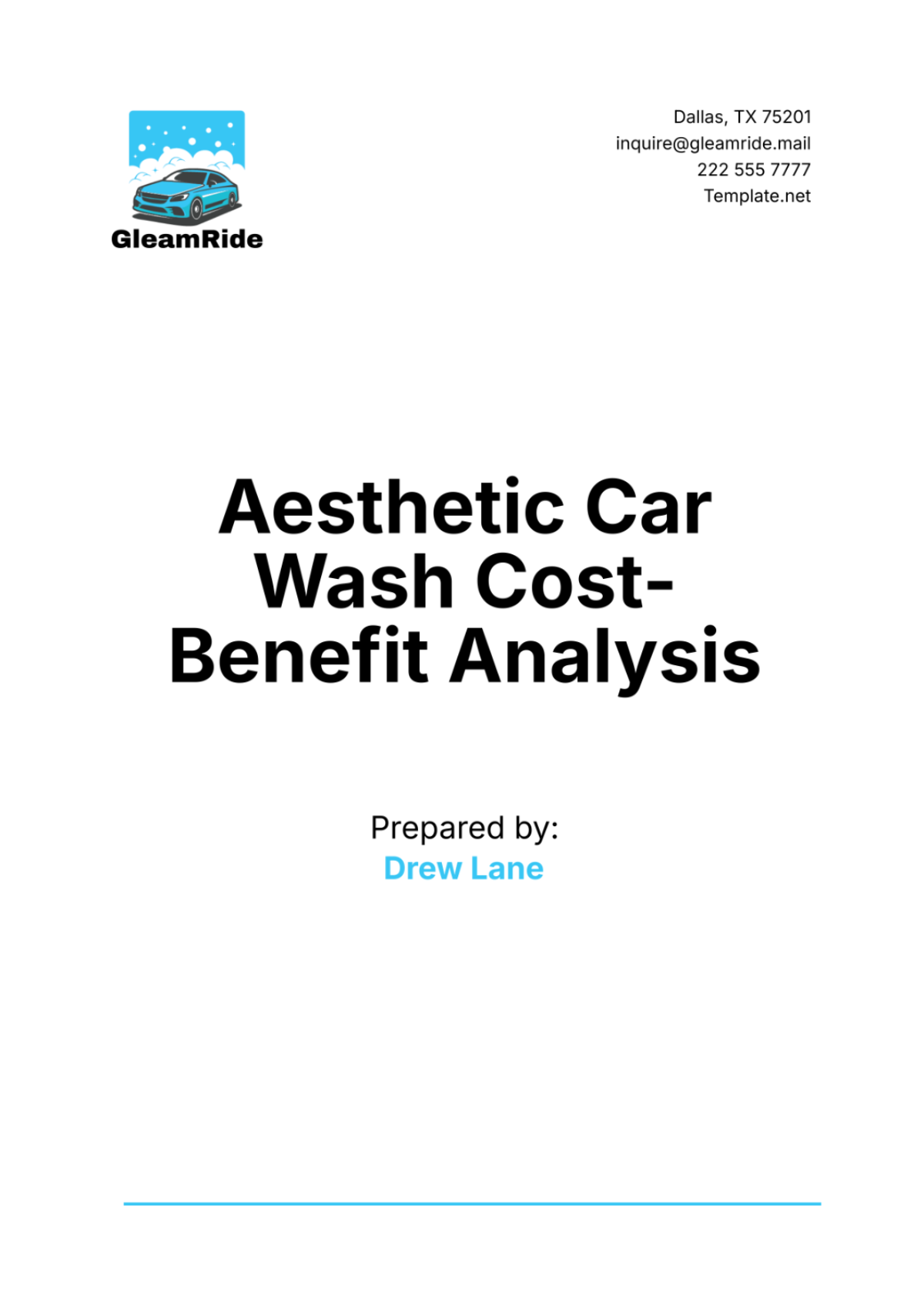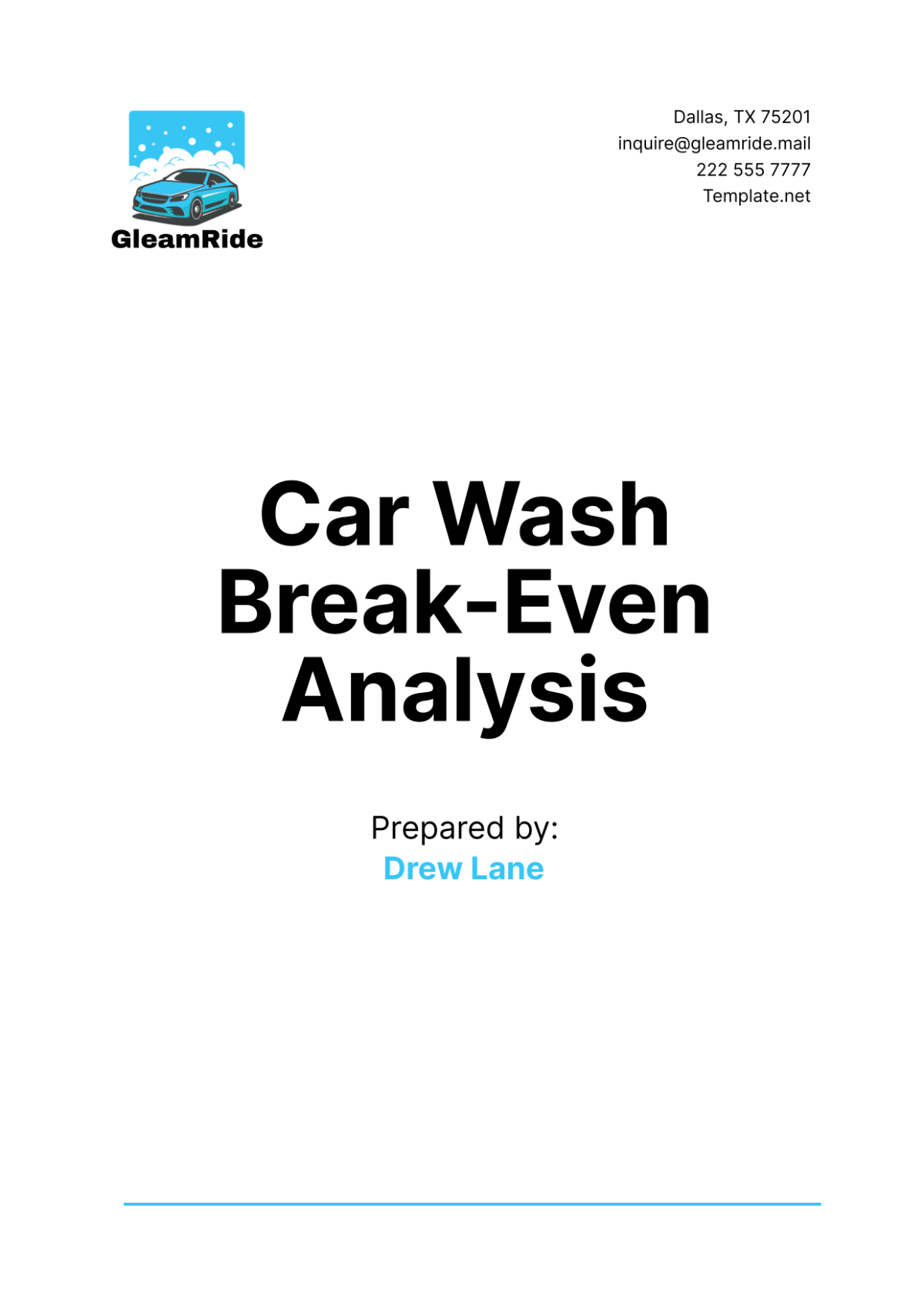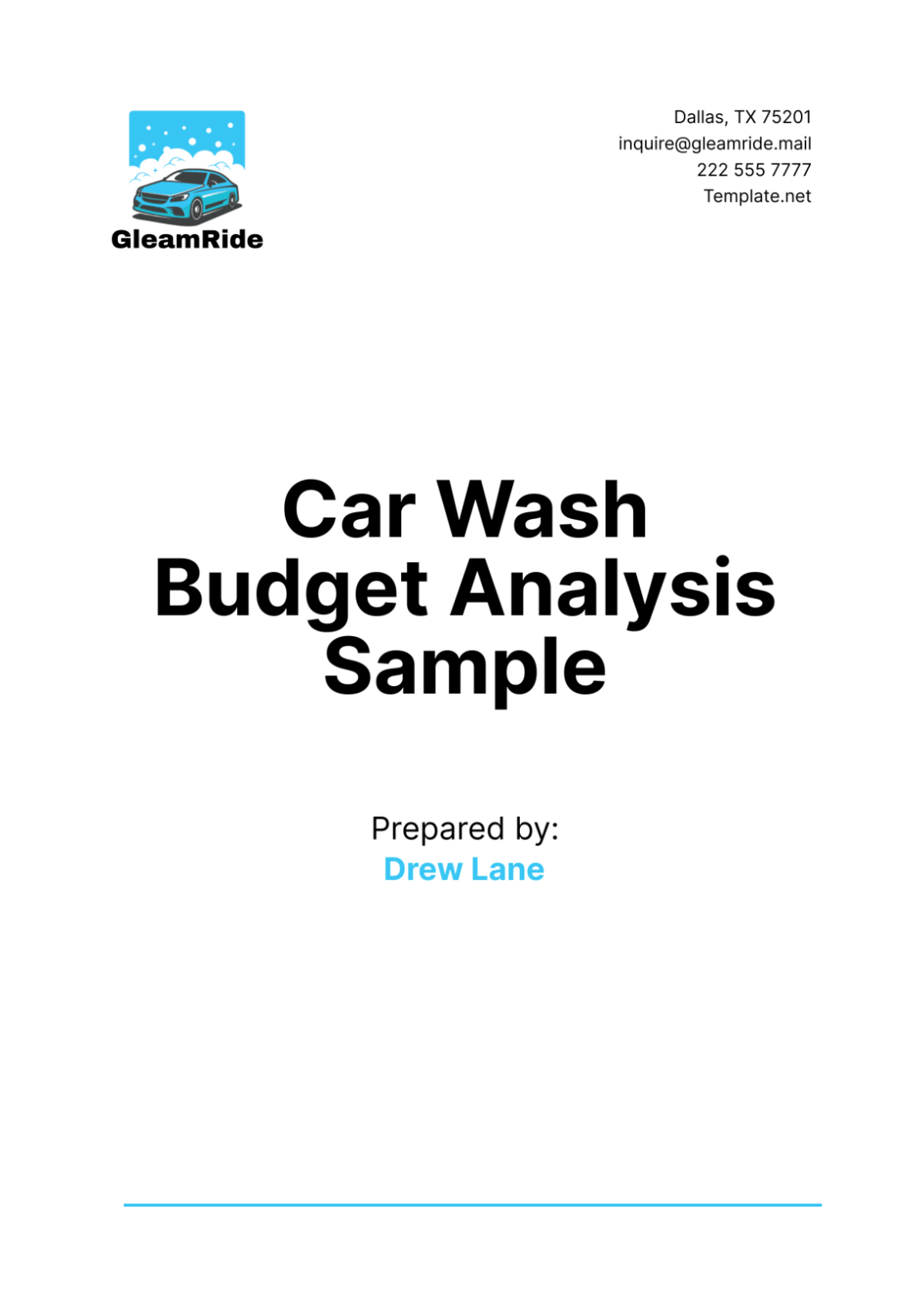Marketing Digital Spend Analysis
Prepared By: [Your Name]
Date: [Current Date]
I. Executive Summary
In this Marketing Digital Spend Analysis, we evaluate the effectiveness of our online advertising strategy for [Your Company Name], a leading clinic in [Your Company Address]. Our primary focus is on the allocation and utilization of the allocated budget of $000,000. The goal is to assess the return on investment (ROI) and identify areas of success for future optimization.
II. Budget Allocation
A. Paid Search Advertising: $150,000
Google Ads: $100,000
Bing Ads: $30,000
Other Search Engines: $20,000
B. Social Media Advertising:
Facebook:
Instagram:
Twitter:
C. Display Advertising:
Programmatic Advertising:
Direct Publisher Buys:
Retargeting Ads:
D. Content Marketing:
Blog Posts:
Infographics:
Video Content:
E. Email Marketing:
Newsletter Campaigns:
Targeted Email Campaigns:
III. Key Performance Indicators (KPIs)
A. Website Traffic:
Goal: Increase organic and paid traffic by 20%
Achieved: Website traffic increased by 25% compared to the previous quarter.
B. Conversion Rate:
Goal:
Achieved:
C. Cost Per Acquisition (CPA):
Goal:
Achieved:
D. Return on Ad Spend (ROAS):
Goal:
Achieved:
IV. Positive Observations and Insights
A. Optimized Paid Search Campaigns:
Our strategic allocation to Google Ads resulted in a higher click-through rate (CTR) and conversion rate compared to other search engines.
B. Engaging Social Media Presence:
Facebook and Instagram campaigns led to increased brand awareness and engagement, contributing significantly to website traffic.
C. Effective Programmatic Display Ads:
Programmatic advertising demonstrated cost-effectiveness, reaching our target audience and maximizing impressions.
D. Compelling Content Marketing:
Blog posts and video content resonated well with our audience, driving organic traffic and enhancing the clinic's credibility.
E. Email Campaign Success:
Targeted email campaigns effectively nurtured leads, contributing to a higher conversion rate among email subscribers.
V. Recommendations for Optimization
A. Scaling Successful Campaigns:
Increase budget allocation for high-performing channels such as Google Ads, Facebook, and Programmatic Advertising.
B. Diversifying Content Formats:
Explore additional content formats, such as webinars and podcasts, to diversify the content marketing strategy.
C. Personalized Email Campaigns:
Invest in further segmentation and personalization of email campaigns to enhance relevance and engagement.
D. A/B Testing:
Continuously conduct A/B testing across different ad creatives, messaging, and landing pages to identify optimal combinations.
VI. Conclusion
The positive results of this Marketing Digital Spend Analysis indicate that our online advertising strategy for [Your Company Name] is delivering favorable outcomes. By leveraging successful channels and optimizing our approach, we are well-positioned to maximize the impact of our digital marketing efforts. Continuous monitoring, testing, and adaptation will be key to sustaining and enhancing these positive trends.



